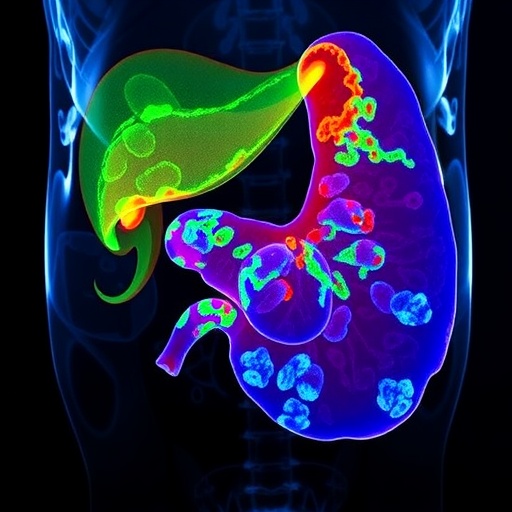People use different criteria when they're searching for a gift than when they are buying for themselves. New research identifies the cues that encourage purchases in each situation.
In "Limited Edition for Me and Best Seller for You: The Impact of Scarcity versus Popularity Cues on Self versus Other-Purchase Behavior," Professors Laurie Wu, of the School of Sport, Tourism and Hospitality Management and Fox School of Business at Temple University, and Christopher Lee, of Arizona State's W.P. Carey School of Business, investigate what kinds of cues motivated people to buy for themselves and for others.
The authors describe the cues as either the "scarcity" type – promising that supplies of a product were limited and thus implying greater value – or the "popularity" type – assuring consumers that the product was a best-seller, for example, and implying that it was a safe gift to give.
In one study, participants were instructed to imagine purchasing a bottle of wine for a colleague from an online retailer. The product description for the wine included either a scarcity cue (i.e., this wine is a limited edition) or a popularity cue (i.e., this wine is a bestseller). The study also measured how the buyer perceived himself and his preferences in relation to the colleague. A subsequent study added price to the mix to determine if people tended to spend more on themselves than on a gift for others.
The studies showed that when people were buying the wine for themselves, their perception of the wine's uniqueness drove the purchase. When buying for others whom they did not assume shared their preferences, they wanted to ensure that the wine was a popular one, not a risky bet. The addition of price moderated both responses: As people tend to associate scarcity with high price and popularity with affordability, the results showed that, for wine, the "scarcity for me" effect was significant only at the high price point while the "popularity for others" effect was significant only at the low price point.
The authors suggest that online retailers, in particular, use the results of their research to tailor promotions. For example, they write, "If a customer clicks on the "gifts" tab on a retailer's website, the product assortment could be altered to highlight "best seller" products, given the positive effect on product attitudes and purchase intentions."
###
Media Contact
Laurie Wu
[email protected]
http://journals.elsevier.com/journal-of-retailing
############
Story Source: Materials provided by Scienmag




